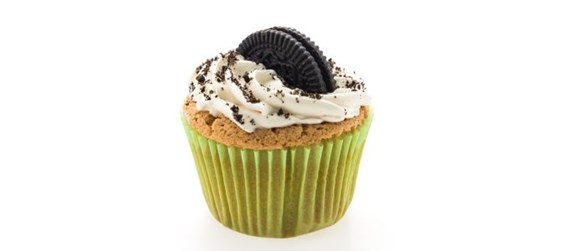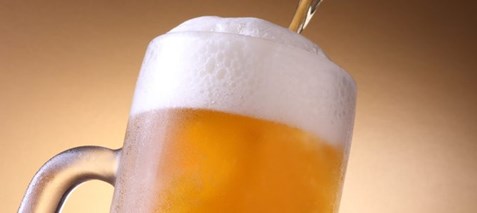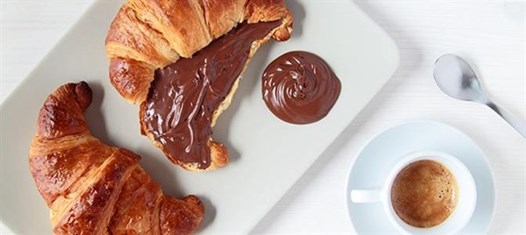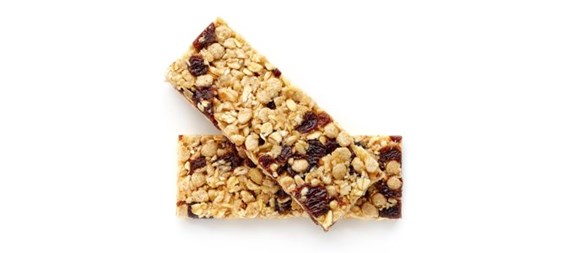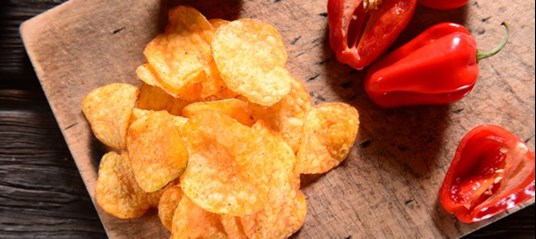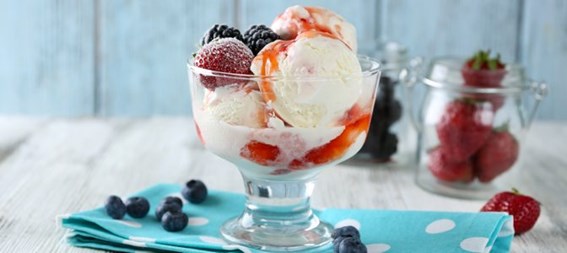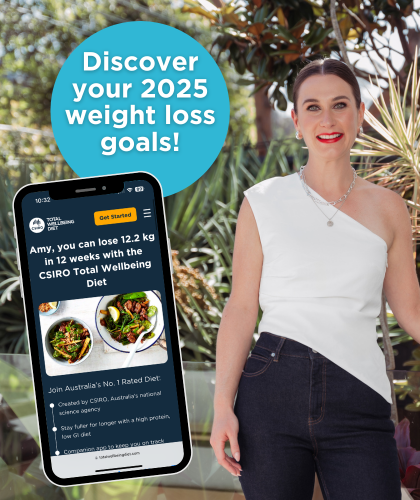7 snacks that sabotage your diet
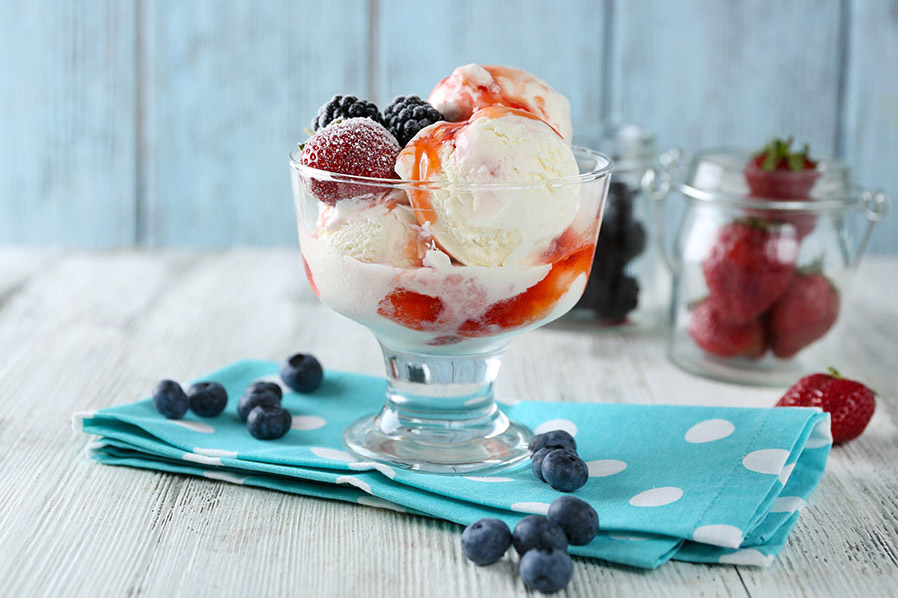
Junk food has gone from the occasional indulgence to an everyday food, and our collective waistline is paying the price. Learn what snacks can sabotage your diet, and what healthy options you can eat instead.
The results are in: Australia is a junk food nation. Recent results from the CSIRO Healthy Diet Score, which so far has assessed the eating habits of more than 200,000 Australians against the Australian Dietary Guidelines, show that we’re consuming three times more junk food than the recommended daily limit.
Learn more: Australia scores 61 out of 100 on the CSIRO Healthy Diet Score
Try it yourself: The CSIRO Healthy Diet Score
This is consistent with what the Australian Health Survey had already revealed about our eating habits – just over one-third (35%) of our daily total energy intake come from discretionary foods. That is, foods and drinks high in added sugar, refined starch, saturated fats and/or alcohol and low in essential nutrients.
According to Professor Manny Noakes, Research Director of the CSIRO’s Food and Nutrition Flagship and co-author of the CSIRO Total Wellbeing Diet, Australians are having “larger portions of junk food, more often.”
While Professor Noakes attributes the sheer availability of convenient snack foods and lack of time as major contributors to our over-consumption of junk food, everyone can learn to control their cravings and choose healthy snacks, and to savour discretionary foods in much smaller amounts.
Being conscious of other cues, such as eating on the run or eating whatever is available when you’re hungry, can easily add up extra kilojoules and set up unhealthy eating behaviours.
"Planning ahead can help to ensure the right food choices are made while reducing the likelihood of snacking on junk food," advises Professor Noakes.
Here is a snapshot of the common calorie culprits that are making our nation unhealthy - and healthy alternatives for each of them.
1. Cakes, biscuits, muffins and doughnuts
Why they’re not so good:
The serve sizes tend to be enormous. Full of refined flours, sugars, cooking margarine or butter, most baked goods are low in nutrients, and kilojoule-dense.
What to eat instead:
Why not try choosing much smaller versions if they are available or try some low GI dense grainy bread for the same cake-like texture and top it with some chopped banana with cinnamon. Or try a simple option of 1 slice of toasted fruit bread for a mildly sweet fix.
2. Alcoholic drinks
Why they're not so good
Alcohol contains more kilojoules per gram than carbs or protein, plus it doesn’t contain any beneficial nutrients, vitamins or minerals. If you’re not controlling how much you drink, it can be easy for that weight creep to sneak in.
What to drink instead
You don’t need to cut out alcohol completely – you just need to restrict the intake. Australian Dietary Guidelines suggest sticking to 2 or fewer standard drinks per day.
The CSIRO Total Wellbeing Diet allows for the occasional glass of wine; preferably a small glass which you can savour slowly to reduce overconsumption. Try not to drink alcohol on an empty stomach as it can play havoc with hunger and be mindful of snacking.
3. Pastries – pie, sausage rolls, pasties
Why they’re not so good:
While that steaming hot apple pie croissant or muffin looks like a wholesome treat, pastries such as these are kilojoule dense, offering little in terms of quality nutrition and leave you wanting more.
What to eat instead:
Make sure you eat some form of protein with your main meals to keep you less hungry and less likely to be craving these foods between meals. If you must eat them, it’s better to make your own homemade smaller versions so you know exactly what goes in them – and you’ll be sidestepping the extra cream and oil that come from the store-bought ones.
4. ‘Health foods’ – sports bars, muesli bars, fruit bars and breakfast cereal bars
Why they’re not so good:
Don’t be fooled by their wholesome packaging – fruit, grain and nut bars can sometimes be loaded with sugar and kilojoules and may have a high glycaemic index.
Learn more: Total Wellbeing Diet and the Glycemic Index
What to eat instead:
If you’re going for a health food, there is no better option than a piece of fresh fruit, or perhaps some unsweetened portion packed fruit or a small handful of dried fruit.
5. Chocolate
Why it's not so good:
Your typical bar of chocolate is loaded with kilojoules and while a few squares won’t harm, it’s often hard to stop at that point.
What to eat instead:
Look for a good quality dark chocolate – preferably 75% cocoa onwards where the antioxidant level is higher and the sugar content is lower - taking time to savour every bite and eat slowly. Still need to keep to 3-4 squares though, no matter if it is healthier!
6. Chips
Why they’re not so good:
Most packaged chips offer little nutrient value and are high in kilojoules and salt and are hard to stop eating. Some veggie chips are no better unfortunately.
What to eat instead:
Nuts are a much healthier option as a snack. Try a small handful of toasted but unsalted nuts for a more satisfying and virtuous snack.
7. Ice cream
Why It's not so good:
Rich in kilojoules, amazing moreish texture, ice cream is one of the biggest snack bombs, especially combined with chocolate or biscuit-like toppings.
What to eat instead:
If you want the creaminess of ice cream without the guilt, try a reduced fat yoghurt. Add some crushed nuts if you want the extra crunch and pureed fruit for extra sweetness.
